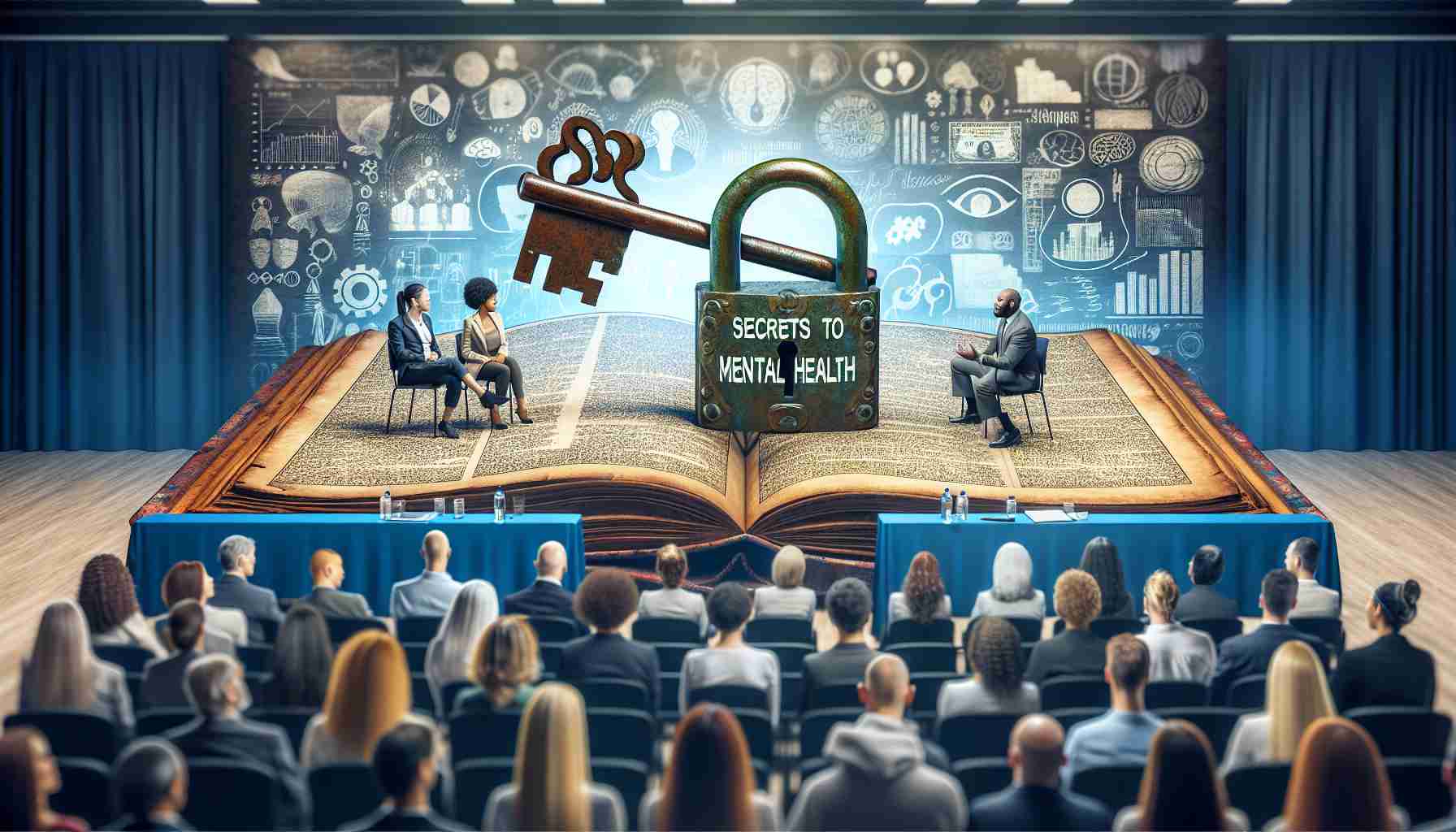- The Behavioral Health Symposium highlighted the impact of technology on children’s mental health.
- Experts from Stormont Vail and Mayo Clinic provided valuable insights into anxiety, depression, and social health issues.
- Innovative therapies, including art and music integration, can enhance children’s well-being and attendance in school.
- Registered nurse Emily Hartzell emphasized the transformative potential of incorporating creative treatments into healthcare.
- The event underscored the importance of community involvement in improving mental health resources.
- Creative approaches can foster resilience and promote a brighter future for children.
In a world flooded with distractions, Stormont Vail Health recently hosted a groundbreaking Behavioral Health Symposium, shining a light on the pressing effects of technology on children’s mental health. The Pozez Education Center buzzed with excitement as experts from Stormont Vail and prestigious partners from the Mayo Clinic shared invaluable insights with community members and health professionals.
Attendees delved into discussions about how the digital age is influencing anxiety, depression, and other social health issues among kids. Armed with knowledge that often flies under the radar, participants learned about innovative therapies and treatment modalities that can significantly enhance well-being. One insightful presentation highlighted the magical intersection of art and music in education, where creativity not only sparks joy but also boosts school attendance and reduces disciplinary incidents.
Emily Hartzell, a passionate registered nurse, remarked on the importance of integrating these lesser-known treatments into everyday practices, hinting at a transformative potential for patient care.
The symposium served as a vibrant platform for sharing solutions and resources, emphasizing the power of community in improving mental health. The key takeaway? By embracing creativity and looking beyond conventional treatments, we can foster resilience and brighter futures for our children.
Join the conversation on mental health and discover how we can all play a role in nurturing the next generation’s well-being!
Unlocking the Secrets to Children’s Mental Health in the Digital Age
The Impact of Technology on Children’s Mental Health
In today’s tech-driven society, the implications of technology on children’s mental health have become a critical conversation. Recent events, such as the Behavioral Health Symposium hosted by Stormont Vail Health, have highlighted significant findings that are reshaping the approaches to treating anxiety, depression, and other social health issues in youth.
# Innovations in Treatment Modalities
The symposium showcased innovative treatment approaches, particularly the integration of creative arts therapies. These therapies leverage the expressive power of art and music to improve mood, enhance social skills, and even decrease anxiety levels among children. This innovative intersection reveals opportunities for educational systems and healthcare professionals to adopt more holistic approaches to mental wellness.
# Key Features of Modern Therapies
– Creativity at the Core: Programs that incorporate music and art show positive outcomes, including improved school attendance and reduced disciplinary actions.
– Community Engagement: Highlighting community involvement illustrates how support networks are integral to a child’s development and mental health.
– Holistic Approaches: Combining technology with creative therapies paves the way for a more comprehensive understanding of mental health treatments.
# Limitations and Considerations
While the effectiveness of creative therapies is promising, it is essential to acknowledge potential limitations. Not all children may respond similarly to these treatments, and broader acceptance across educational and healthcare institutions is needed to validate their integration.
Frequently Asked Questions
1. What are the main effects of technology on children’s mental health?
Technology can lead to increased anxiety, depression, and social isolation among children. Excessive screen time and social media use can exacerbate feelings of inadequacy and anxiety, making it essential for parents and educators to monitor and guide healthy tech usage.
2. How can creative arts benefit children’s mental health?
Creative arts therapies can improve children’s emotional expression and coping skills. Engaging in art and music fosters a sense of accomplishment and can significantly contribute to emotional resilience, reducing symptoms of anxiety and depression.
3. What role does community support play in children’s mental health?
Community support is vital as it provides children with a safety net and a sense of belonging. Programs that engage families and community members create a robust support system that can help mitigate mental health issues and promote well-being.
Emerging Trends and Insights
As mental health continues to gain prominence in conversations, we expect several trends to shape the future of treatment:
– Increased Focus on Digital Detox Initiatives: Schools may implement programs encouraging limited technology use to foster in-person interactions.
– Integration of Mental Health Education: Awareness and educational programs are likely to become a staple in school curriculums.
– Continued Exploration of Non-Traditional Therapies: More emphasis will be placed on exploring music, art, and nature-based therapies to enhance traditional mental health practices.
To stay updated on evolving insights regarding mental health, visit Stormont Vail Health.
